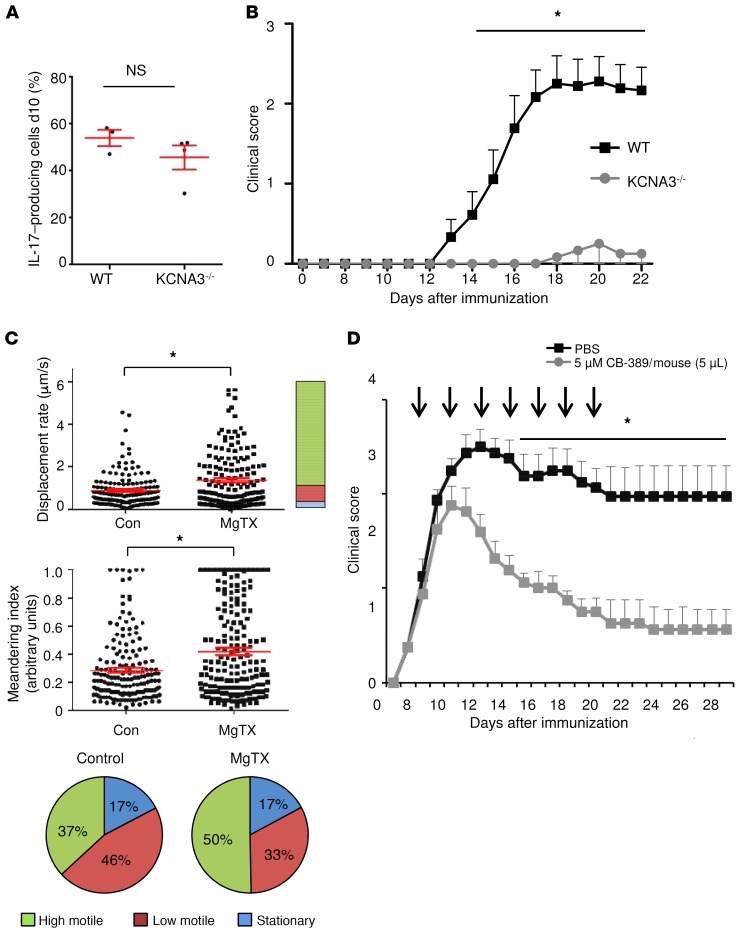Figure 10. Intrathecal administration of glutaminase inhibitor CB-839 ameliorates disease course of EAE, and inhibition of Kv1.3-mediated pathways modulates direct cell-cell contacts between T cells and neurons.
(A) Intracellular staining of IL-17 in murine Th17 differentiated cells after 10 days TCR stimulation (n = 6–7). d10, day 10. (B) Passive cell transfer EAE with MOG-reactivated lymph node cells from KCNA3–/– mice (n = 6) compared with EAE induction with MOG-reactivated lymph node cells from WT mice (n = 9 for 2 independent EAE experiments). (C) B6.2D2.RFP.Th17 cells were transferred into Rag–/– mice to induce passive EAE. Two-photon microscopy was used to analyze T cell motility parameters of viable B6.2D2.RFP.Th17 cells before treatment (n = 6 mice; minimum of 30 T cells) and after MgTX treatment (5 μM; n = 7 mice; minimum of 30 T cells). The treatment was locally applied onto the brainstem. Stationary cells were defined by a displacement rate below 0.3 μm/s, low-motility cells reached displacement rates up to less than 0.8 μm/s, and high-motility cells had a displacement rate above 0.8 μm/s. (D) In MOG35–55-induced C57BL/6 EAE mice, intrathecal injection of CB-839 (5 μM in 5 μL/mouse, n = 8) into the CSF every other day for 14 days, starting on day 7, led to a significant reduction in the clinical EAE score compared with the PBS-treated control group (n = 8 for 2 independent EAE experiments). Data indicate the mean ± SEM. *P < 0.05, by multiple Student’s t tests (B and D) or Mann-Whitney U test (A and C).

